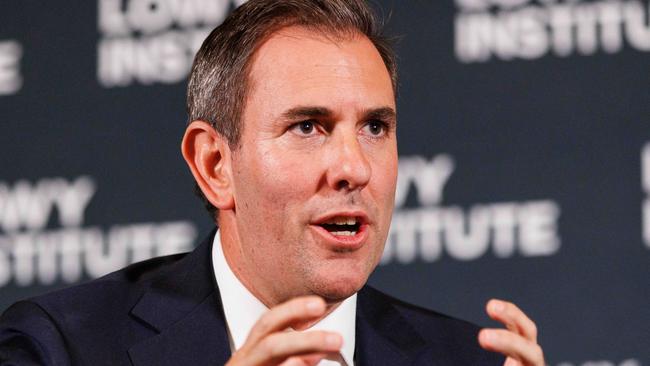
Last year alone, the International Monetary Fund detailed more than 1500 cases of what it euphemistically calls “subsidy variation” with the overwhelming majority of tariff hikes coming from the three largest economies.
Philosophically, the effect of trade subsidies and tariffs is to make imported goods more expensive, sometimes pricing them out of the market (think China’s punitive tariff hike on Australian wines at more than 200 per cent).

This leaves domestic production of similar or identical goods less efficient and less reliable in the absence of real competition. The benefit of a free trade environment means consumers pay less for goods of better quality. The only real benefit of tariffs is governments that impose them get to pocket the cash.
Thus the Hawke-Keating reforms gave us $20 thongs that don’t blow out whenever one breaks into a trot, and we will be forever grateful to them. In truth, these were bold and courageous reforms carried on later by the Howard government that necessarily meant Australians in manufacturing industries, especially in textiles, clothing and rubber footwear and later in automotive engineering, would lose their jobs.
There was pain and plenty of it, and pain often leads to cricket bat-toting voters unhappy with the current arrangements.
Risk taking has its limits, amid questions Jim Chalmers has got the trowel and muck out to start rebuilding the tariff wall that the Hawke-Keating governments dismantled.On Wednesday, in a speech at the Lowy Institute, the Treasurer released a new set of rules for foreign investment.
I never trust a man who refers to himself as Dr unless he can legally prescribe OxyContin. That aside, Dr Jim says it is time for the Albanese government to get the form guide out, pick a few potential winners and throw a bit of the taxpayers’ hard-earned cash around to supercharge private investment in critical infrastructure, minerals and decarbonised energy sources, while warding off present and future investments from overseas companies that put national security at risk.
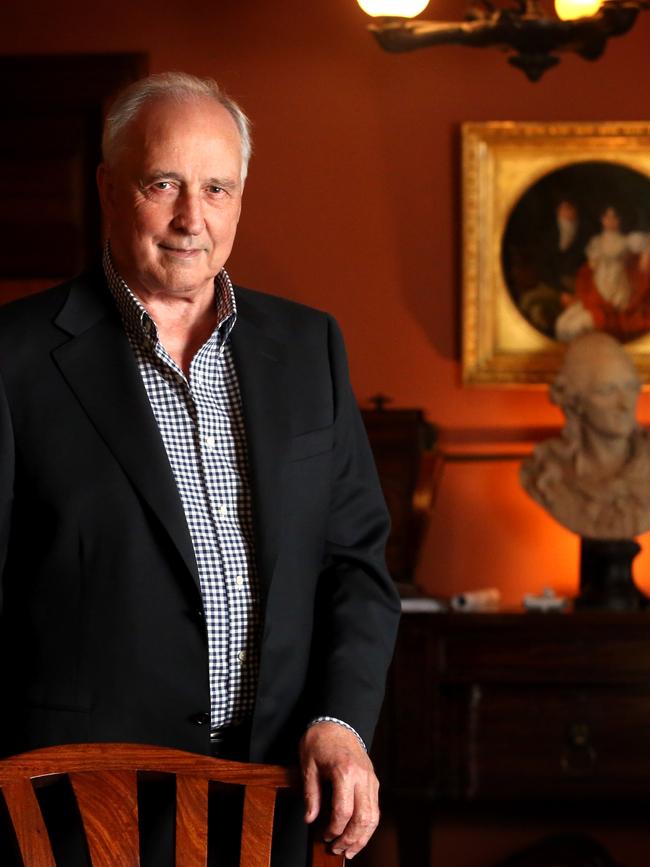
The main problem is that while government has vast capital resources at its disposal, it is not very good at picking winners. Or it sometimes picks winners and then discards them when budgetary forces pull the rug out from under the winners’ feet.
It’s not so long ago that the Rudd government, promoting its green credentials, created a subsidy via rebate for homeowners to install photovoltaic cells on their roofs. The solar business boomed briefly until Rudd’s treasurer, Wayne Swan, announced the rebate that had been available to all was to be scrapped for households with an income exceeding $100,000. The net saving was a relatively piddling $50m while handing over more than $500m to the coal industry for research into the fantasy of carbon sequestration. The manufacture of photovoltaic cells in Australia collapsed almost overnight, most of it shifting to China.
Having devastated the industry then, Labor now is setting itself up as its saviour, promising $1bn in subsidies and grants to domestic production of solar panels, including in the NSW Hunter Valley where there is a lot of coal. It was an early contribution into what the government calls, no doubt with a nod to the next election, the Future Made in Australia agenda. It may as well have been called The More Things Change, The More They Stay the Same.
Casting a doomsayer’s eye over the current economic environment, a large increase in public investment, with government spending already in the stratosphere, could contribute significantly to inflationary pressures and thus require intervention by the Reserve Bank, with further increases in home lending rates adding to cost-of-living pressures that will have voters reaching for the cricket bats again.

Dr Jim says other countries are doing more or less what he plans – Japan, South Korea and the US, home of the mothership of all public investment programs, Joe Biden’s Inflation Reduction Act, with a total fiscal cost estimated at $1.2 trillion, more than $500m of which is being spent to incentivise investment in renewable energy.
The Treasurer’s argument goes that if we don’t do the same relative to our economy, Australia’s economic future will sit at the bottom of the food chain. Chalmers’ sales pitch will have some force in the electorate. Recent Newspoll results reveal that Australians broadly support the notion of the nation building things. I’d argue this is a lovely sentiment but without any basis in reality.
The economic rise of China with its large, well-educated, trainable labour force as a manufacturing hub of the world is changing. One of the many economic indicators that should send a shiver up the collective spine of the Chinese Communist Party is that minimum hourly rates for labour in China stand above those in Mexico, which also has a well-educated, trainable labour force. Private investment without exception is going to shift to where the lowest unit labour cost exists.
The answer for Australian manufacturing in a tariff-free environment is to make niche, high-end, value-added goods that people need and where high labour costs can be absorbed. Throwing money at our manufacturing industries cannot change that equation. We simply cannot build photovoltaic cells at anywhere near the same unit cost as one can be made in China now and in Mexico in five years.
There may be a flicker of sentiment for the good old days when Australia made its own things (badly), but with Chalmers and Labor putting public funds in the wrong baskets it could cost the nation a hell of a lot more than an Italian knit cardigan.



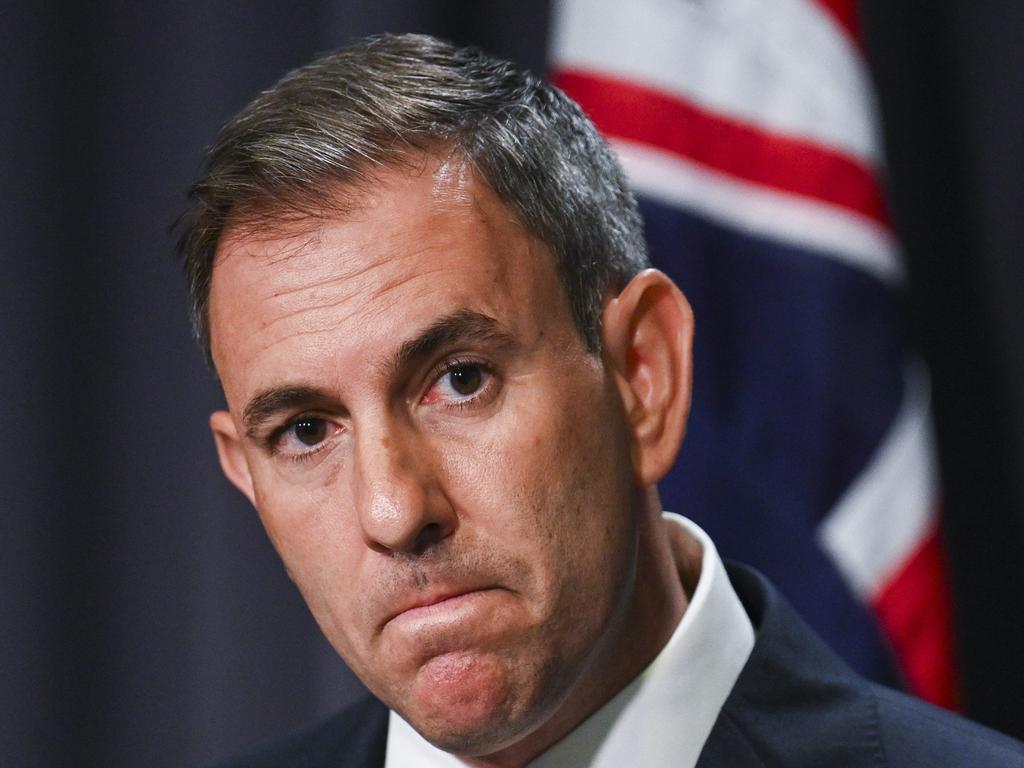
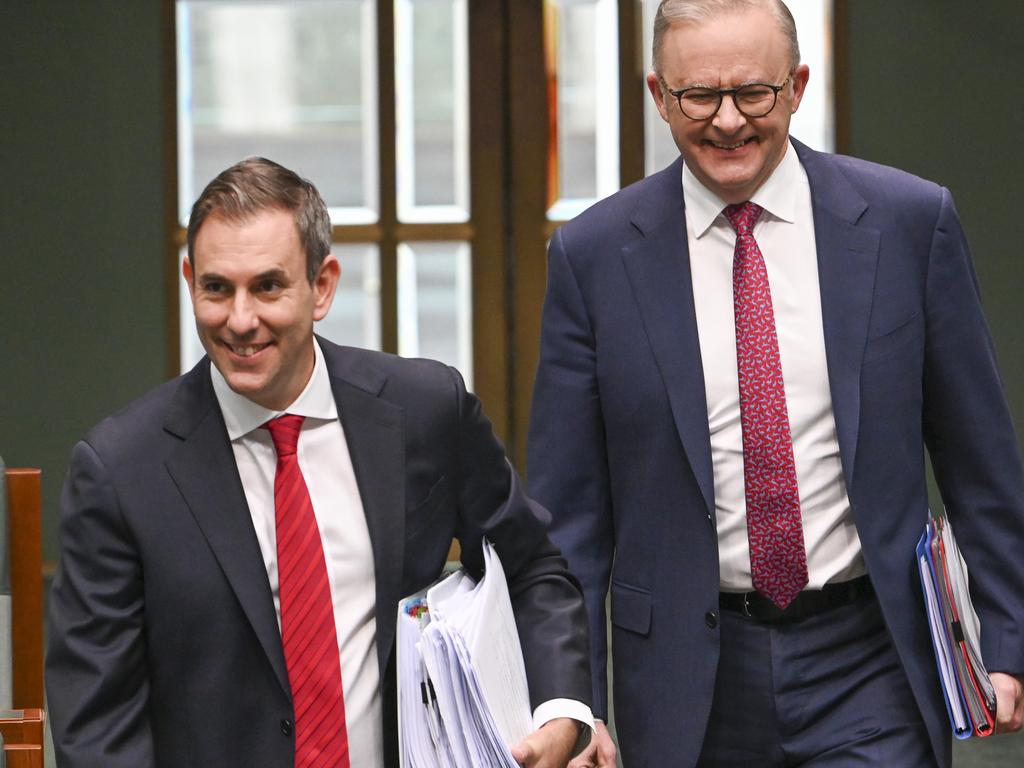
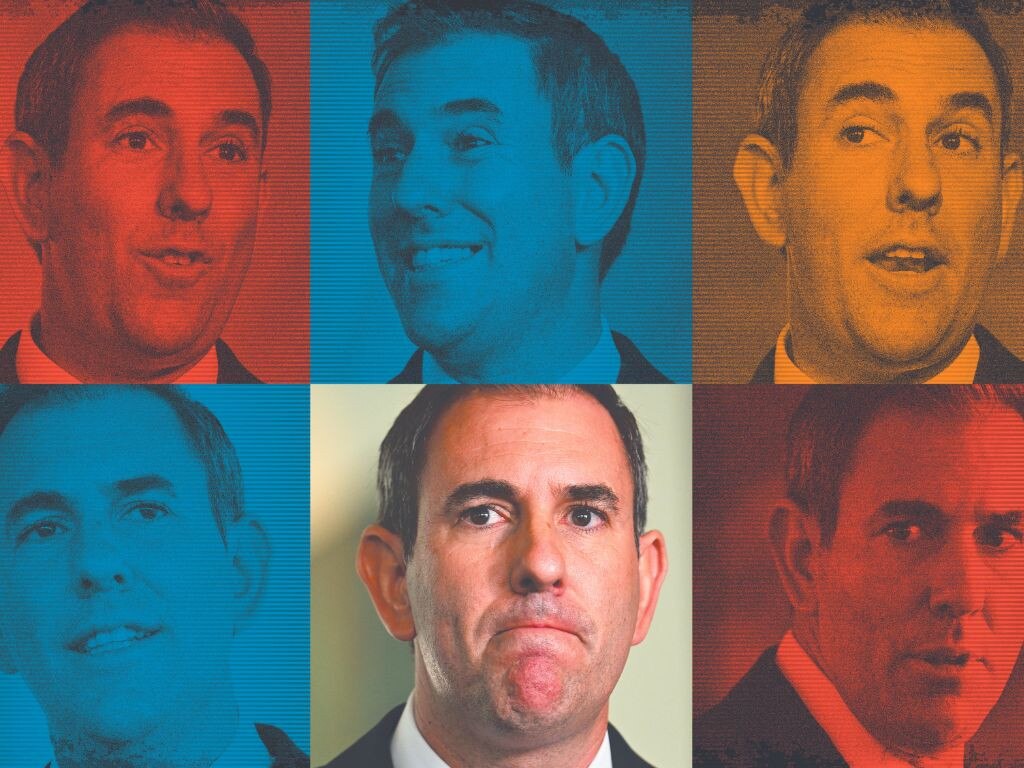

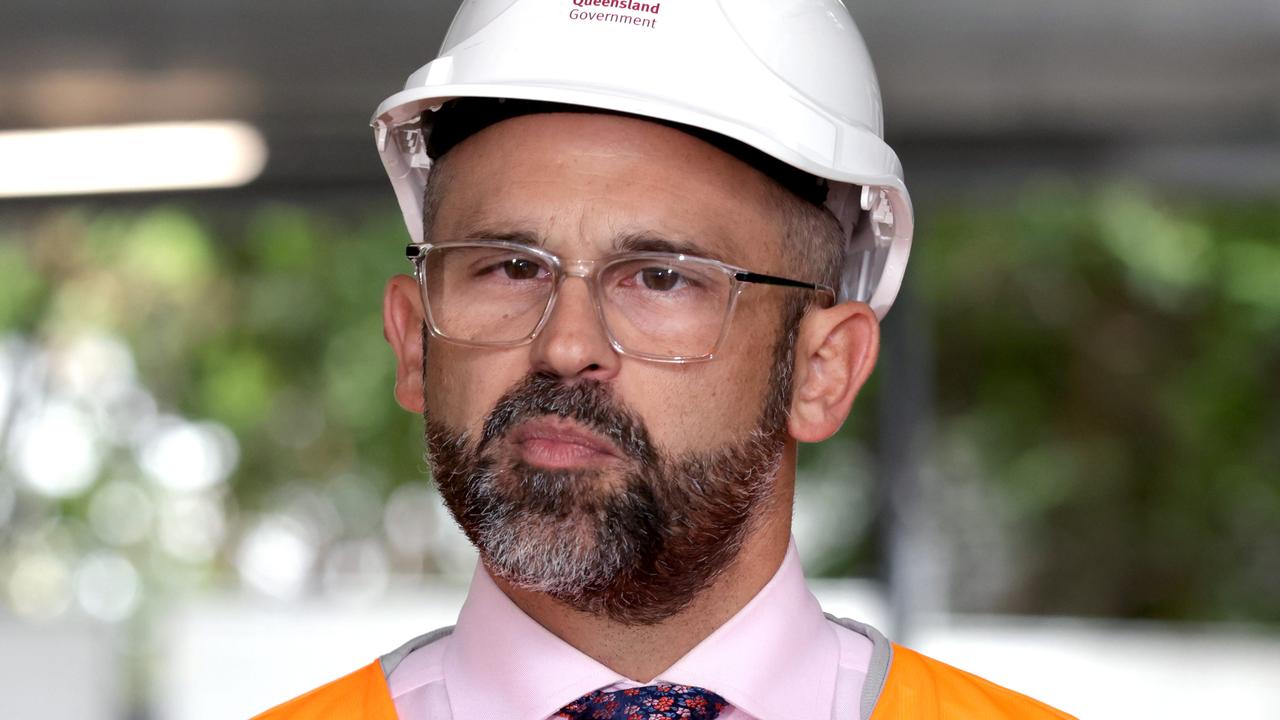
The story, possibly apocryphal, goes that protectionism ended for the Australian economy when Paul Keating went out to buy an Italian knit cardigan and discovered it cost more than a Holden Commodore. The tariff wall had to come down and the nation joined other free traders such as the US, the EU, China and Russia.